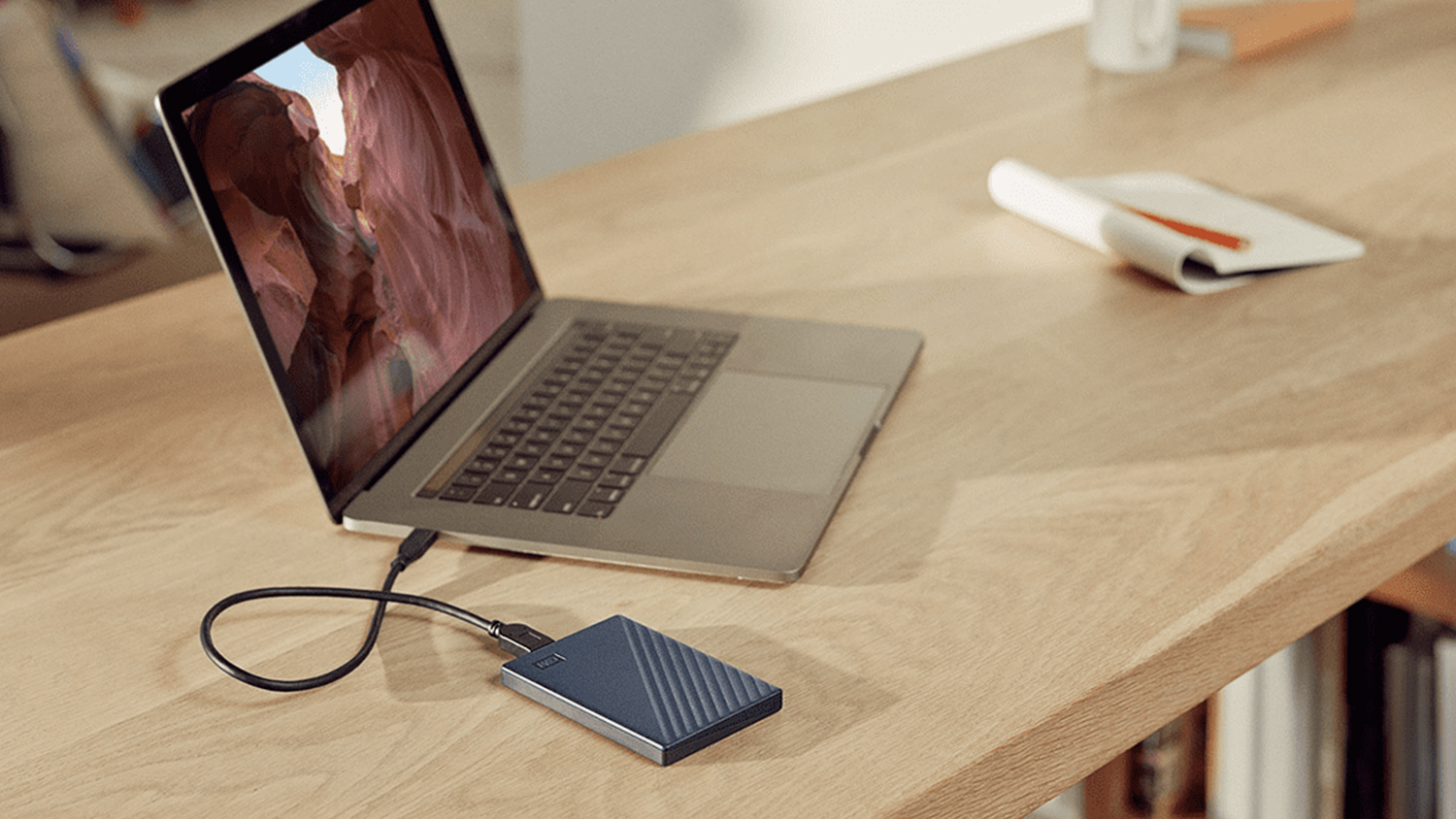
Paying as low as $50 for a brand-name 1TB external drive is less expensive than a cloud service over time (and once you stop paying, you’re without your files). Transferring files to a hard drive is also faster than uploading to the cloud.īang for the buck. SanDisk's ibi ($179) smart photo manager, for example, wirelessly backs up and organizes photos and videos stored on computers, smartphones and tablets (via an app), social media accounts, and cloud services, too. Microsoft, for example, has an online chart showing you where its OneDrive cloud servers are based, so you can see which country your data is stored is in (which might be important for whose who work in fields with strict regulatory compliance).Įasy data backup. While most cloud services offer an auto-backup feature, many hard drives today also have this feature.

Plus, how well do you trust the company you’re handing your data over to? Do you know what country is housing your files? And it doesn't mean your data can’t be hacked either. It’s not impossible for someone to guess your password to gain entry. While cloud storage protects your data from local threats, like fire or flood, it doesn’t mean you’re home free. If you’re a digital packrat who downloads and stores a ton of music, movies, TV shows and photos, you’ll need more capacity than what free cloud storage solutions offer.
#My passport for mac back up photos portable
Some portable drives, like the My Passport from WD (from $79), hold up to 5 terabytes of data. Cloud services require a lot of faith in the fact that you’ll have an “always on” connection, anywhere and anytime – even while flying the friendly skies.Īmple storage. Rather than only getting a few gigabytes of free storage, per account, external hard drives are measured in terabytes (TB) – more than 1,000 gigabytes. This isn’t the case with an external hard drive, of course. Cloud services are online-only, therefore if you don’t have an Internet connection (or if it goes down), you could be without your data.


 0 kommentar(er)
0 kommentar(er)
